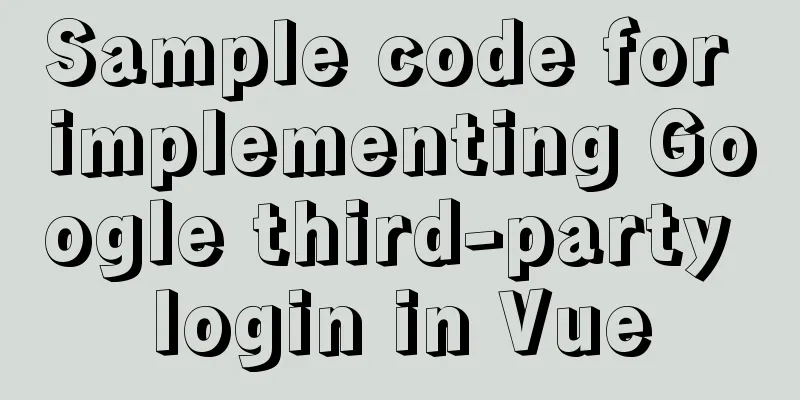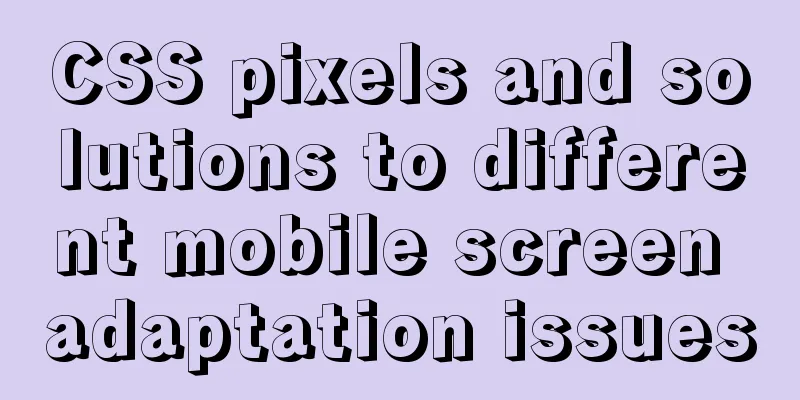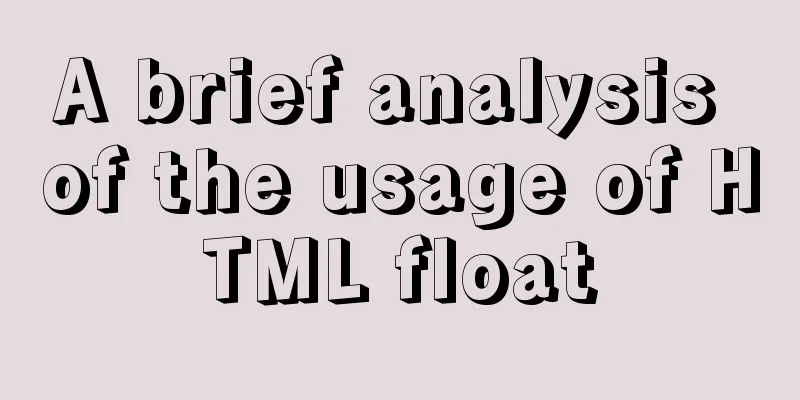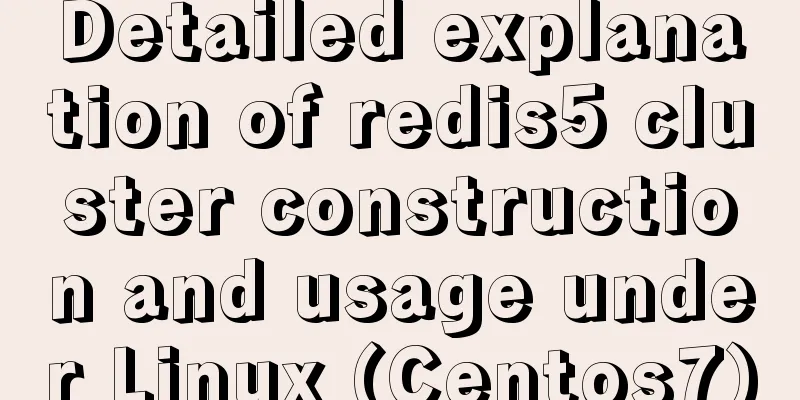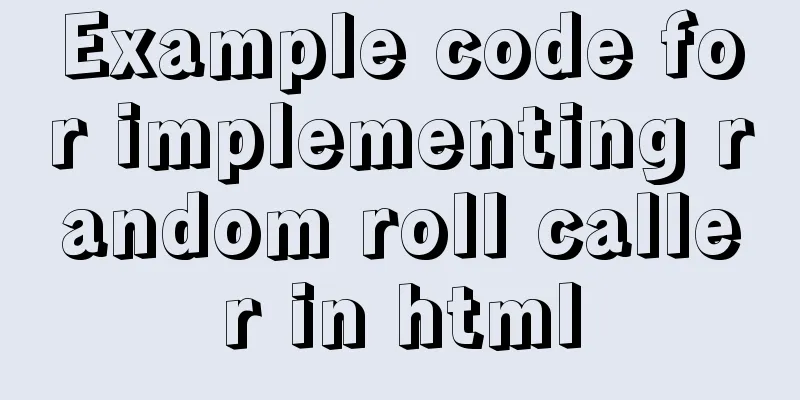HTML small tag usage tips
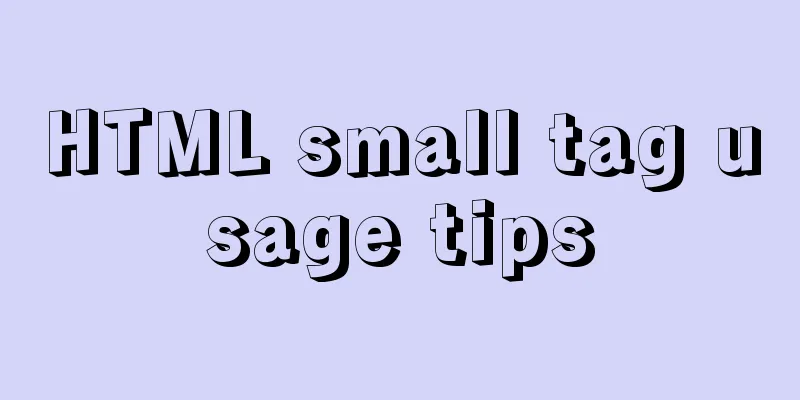
|
Phrase elements such as <em></em> can improve document structure while retaining the intended visual style. But <small></small> is not very common in daily applications. The first impression is whether Taobao UED has neglected this small problem? Regarding <small></small>, the results of online searches are also very fragmented. Some say that it is not recommended to use, while others do not mention its name in the abandoned tags. Fortunately, the book "Mastering HTML Semantics, Standards, and Styles" explains this in detail. <small>, like its brothers <hr><pre><sup><sub><i><b>, is defined as a presentational element. W3C says it is an element that can simply specify font information and has no semantics. For example, the <b> tag should undoubtedly be replaced by <em> or <strong>; but as for the <i> tag, it is hard to say what is wrong with using it directly when you want to italicize a paragraph of foreign language in a page (the convention for displaying foreign languages), because when the user uses <span class="">…</span> to express a paragraph of italics, it takes up much more space than the former. As for the more complicated <big><small>, the author of the book, Paul Haine, did not give a clear answer. In theory, they are purely presentational elements and should be replaced by CSS. But some heavyweights in the industry (Joe Clark) recommend using them to achieve a "weighted by importance" visual effect. The result of the discussion is: there are gains and losses, and specific issues must be analyzed specifically. Back to this section of Taobao code, within the <small></small> tag is a link to skip navigation: <a class="invisible" href="#Content">Skip navigation and toolbar</a>. I think Taobao UED adopted the same idea as the <i> tag after thinking about it. Instead of defining a <span class="skipNavigation"></span> that takes up a lot of HTML space, it is better to use <small> directly. More importantly, the function of skipping navigation is for users, or more precisely, for disabled users who use reading browsers or have no CSS style definitions. The concise <small></small> may be more in line with the spirit of standardization. The only doubt is that the <small> under the naked CSS does show its unimportant meaning in the next font size. But for blind users, for reading browsers, would changing <small></small> to <strong></strong> better optimize the user experience? |
<<: Characteristics of JavaScript arrow functions and differences from ordinary functions
>>: How to split data in MySQL table and database
Recommend
How to create a responsive column chart using CSS Grid layout
I have been playing around with charts for a whil...
Explanation of the execution priority of mySQL keywords
As shown below: from table where condition group ...
Vue implements a small countdown function
Countdown function needs to be implemented in man...
Detailed explanation of how to enable https service in Apache under Linux environment
This article describes how to enable https servic...
Three principles of efficient navigation design that web designers must know
Designing navigation for a website is like laying...
Web Design Teaching or Learning Program
Section Course content Hours 1 Web Design Overvie...
Detailed explanation of publicPath usage in Webpack
Table of contents output output.path output.publi...
Detailed explanation of box-sizing in CSS3 (content-box and border-box)
Box-sizing in CSS3 (content-box and border-box) T...
Detailed explanation of the encapsulation and use of the Vue image magnifier component
Based on the Vue image magnifier component packag...
CentOS7 network configuration under VMware virtual machine (host wireless Internet access)
This is the first time I used the CentOS7 system ...
Pure CSS code to achieve flow and dynamic line effects
Ideas: An outer box sets the background; an inner...
JavaScript implements cool mouse tailing effects
After watching this, I guarantee that you have ha...
About the difference between inspecting elements and viewing the source code of a web page
I don’t know if you have noticed that when we ope...
Summary of how to add root permissions to users in Linux
1. Add a user . First, use the adduser command to...


